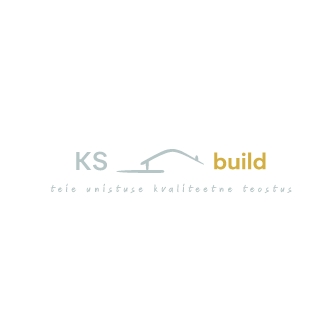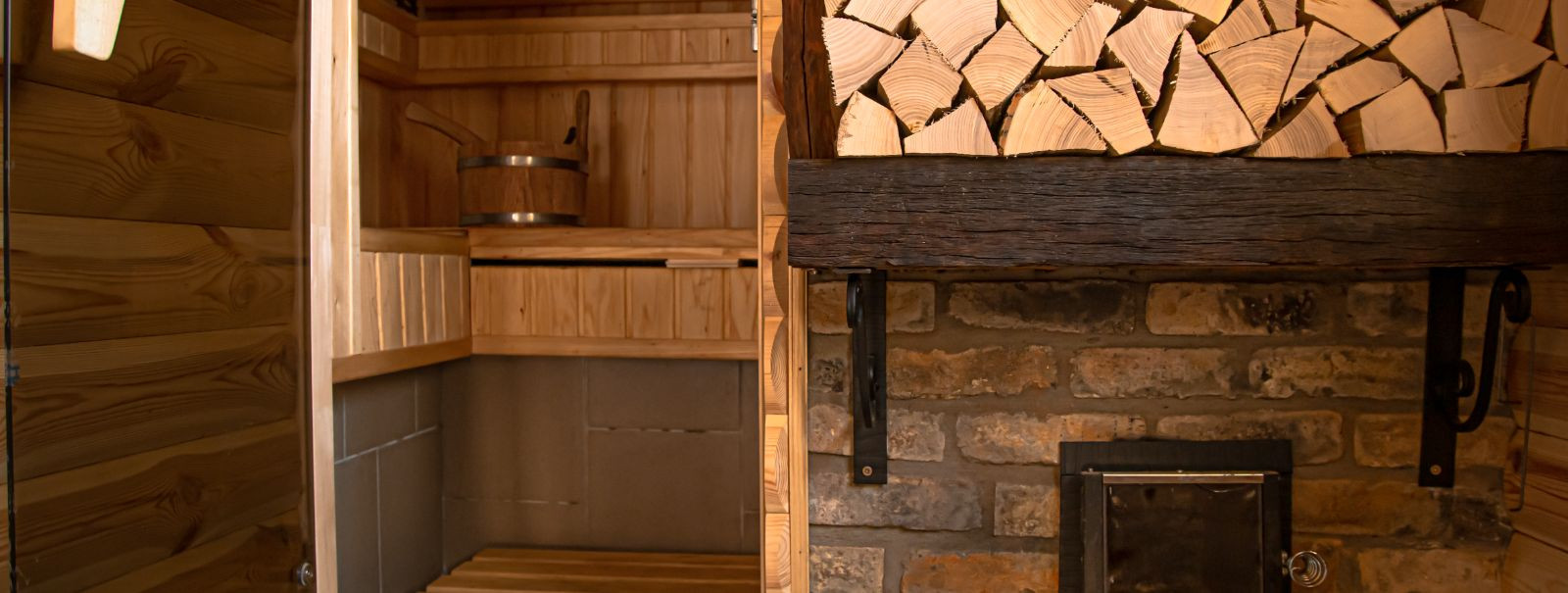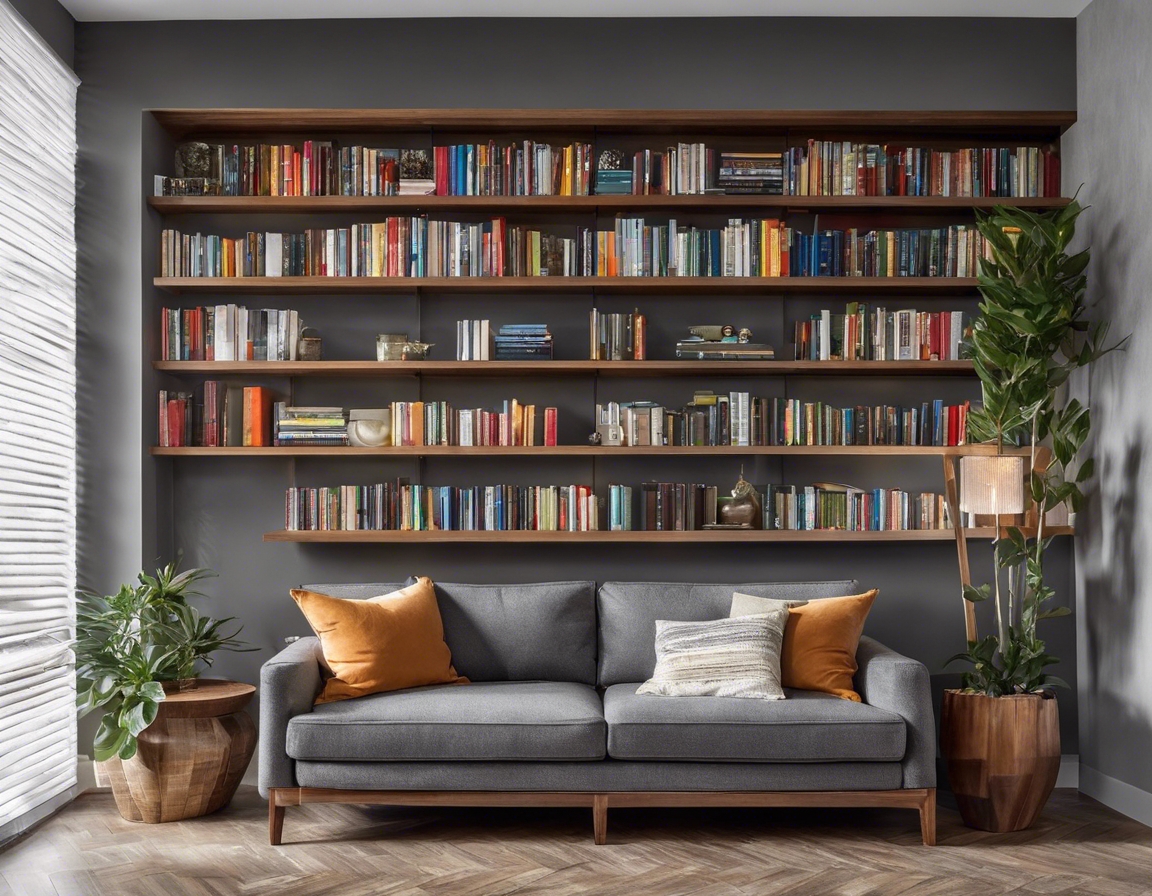Creating your dream sauna: a step-by-step guide
For centuries, saunas have been a cornerstone of wellness and relaxation. Originating from Finland, the sauna tradition has spread globally, offering a retreat for both the body and mind. The health benefits of regular sauna use include improved circulation, detoxification, stress relief, and even better sleep.
Understanding the Basics: Types of Saunas
The traditional Finnish sauna is a high-temperature, low-humidity environment where water is thrown onto heated rocks to create steam. It's a place for quiet contemplation and relaxation.
Infrared saunas use light to create heat, warming the body directly without significantly increasing the air temperature. This type of sauna is suitable for those who prefer a milder temperature.
Steam rooms, also known as Turkish baths, provide a high-humidity experience, which is excellent for skin hydration and clearing the respiratory system.
Planning Your Sauna
Consider the available space in your home and the ideal location for your sauna. It could be indoors or outdoors, depending on your preference and the available space.
The size of your sauna should be determined by the number of people who will use it simultaneously and the space available. A typical home sauna accommodates 2-4 people.
Think about the design that fits your style and home. Whether it's a modern look with glass and metal accents or a traditional cabin-style sauna, the design should complement your home's aesthetic.
Materials and Equipment
Wood is the heart of any sauna, and choosing the right type is crucial. Cedar, hemlock, and spruce are popular choices due to their resistance to moisture and their ability to withstand high temperatures.
Choosing the right heater or stove is essential for the sauna experience. Electric heaters are common for indoor saunas, while wood-burning stoves are ideal for a more authentic experience in outdoor saunas.
Accessories like sauna stones, buckets, ladles, and thermometers add to the authenticity and functionality of your sauna.
Construction Phase
The foundation of your sauna is critical for longevity. Whether it's a concrete base for an outdoor sauna or a framed and insulated area indoors, ensure it's built to last.
Proper insulation and ventilation are key to an efficient and safe sauna. Insulation keeps the heat in, while ventilation provides fresh air and allows for proper circulation.
The interior finishing should be non-toxic and able to withstand high temperatures. Safety measures such as non-slip floors and appropriate distance from the heater are important considerations.
Installation of Sauna Heater and Accessories
Professional installation of the sauna heater and any electrical components is crucial for safety and functionality. Always work with certified electricians and follow local building codes.
Comfortable benches, mood lighting, and other accessories enhance the sauna experience. Plan these elements carefully to create a relaxing and inviting space.
Maintenance and Upkeep
Regular cleaning is necessary to maintain a hygienic environment. Use gentle, non-abrasive cleaners to protect the wood and other materials.
Over time, saunas require maintenance to keep them in top condition. This includes treating the wood, checking the heater, and ensuring the structural integrity of the sauna.






Comments (0)